I have a dataset including categorical variables(binary) and continuous variables. I'm trying to apply a linear regression model for predicting a continuous variable. Can someone please let me know how to check for correlation among the categorical variables and the continuous target variable.
Current Code:
import pandas as pd
df_hosp = pd.read_csv('C:\Users\LAPPY-2\Desktop\LengthOfStay.csv')
data = df_hosp[['lengthofstay', 'male', 'female', 'dialysisrenalendstage', 'asthma', \
'irondef', 'pneum', 'substancedependence', \
'psychologicaldisordermajor', 'depress', 'psychother', \
'fibrosisandother', 'malnutrition', 'hemo']]
print data.corr()
All of the variables apart from lengthofstay are categorical. Should this work?

